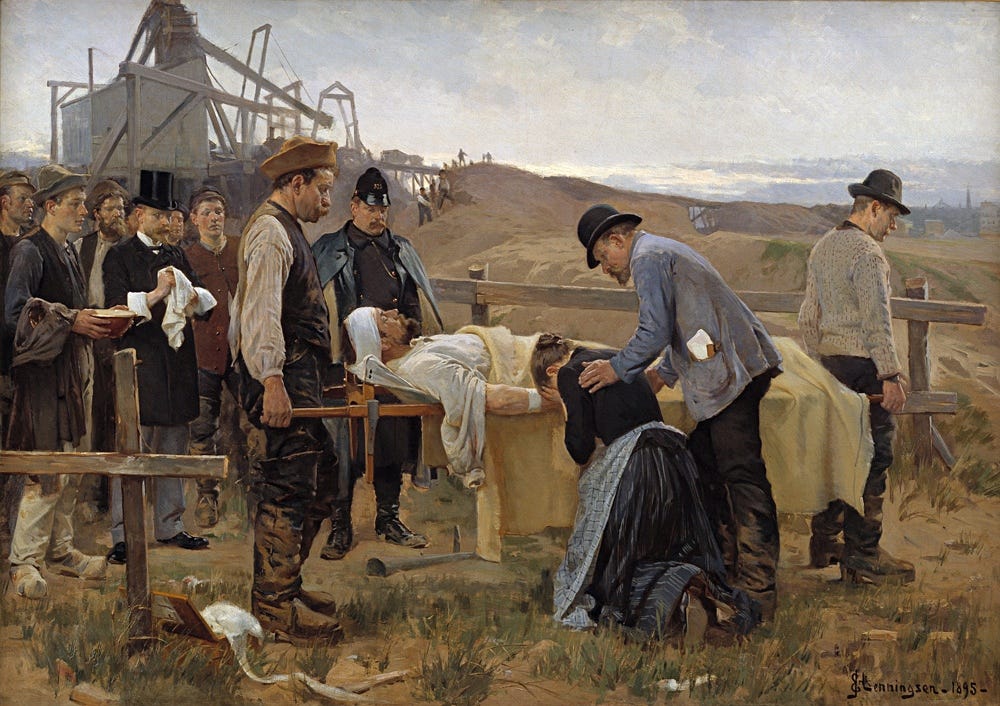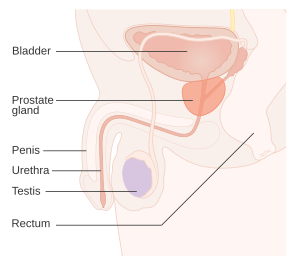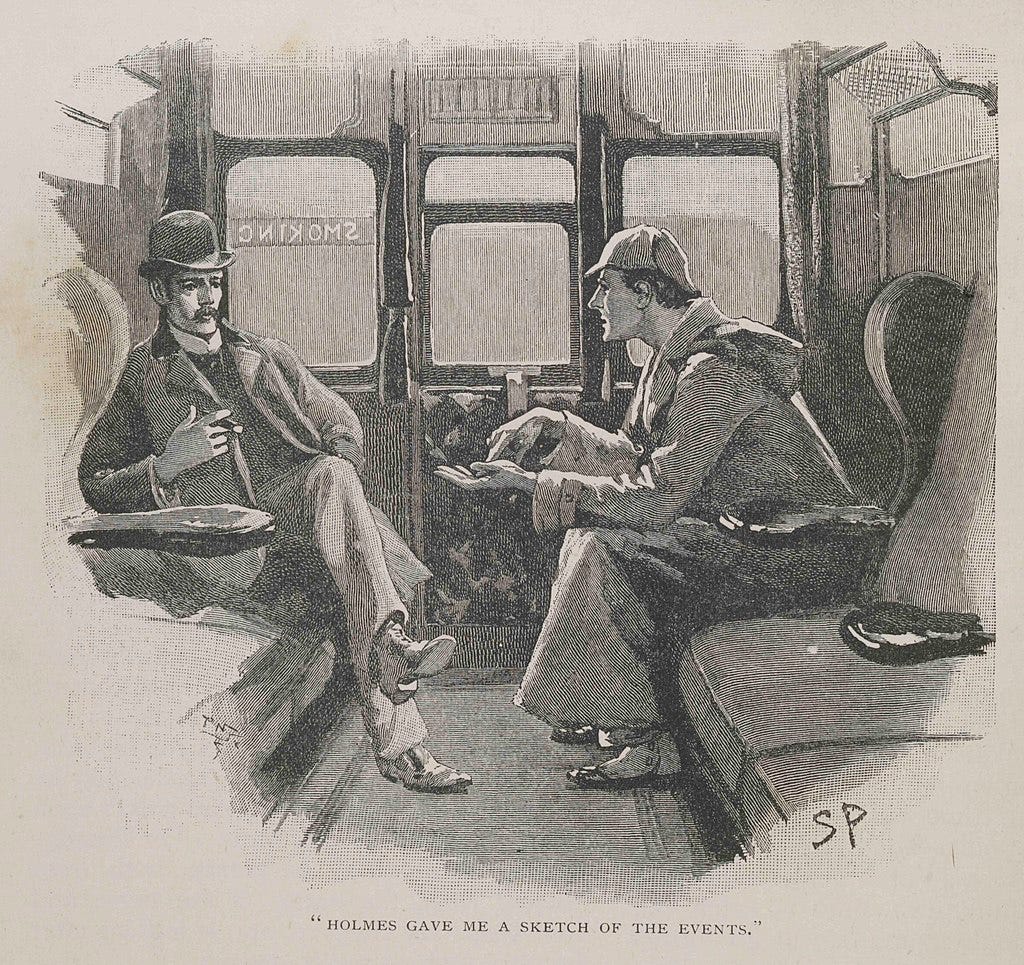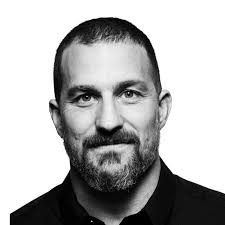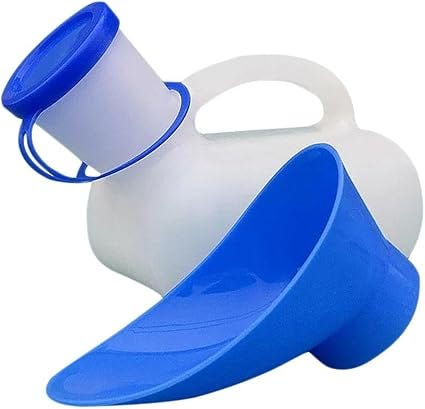Which way is the best, and how, to cure Nocturia without medication?
Are you getting up to urinate two or more times nightly? An evidence-based solution for Nocturia based on personal experience.
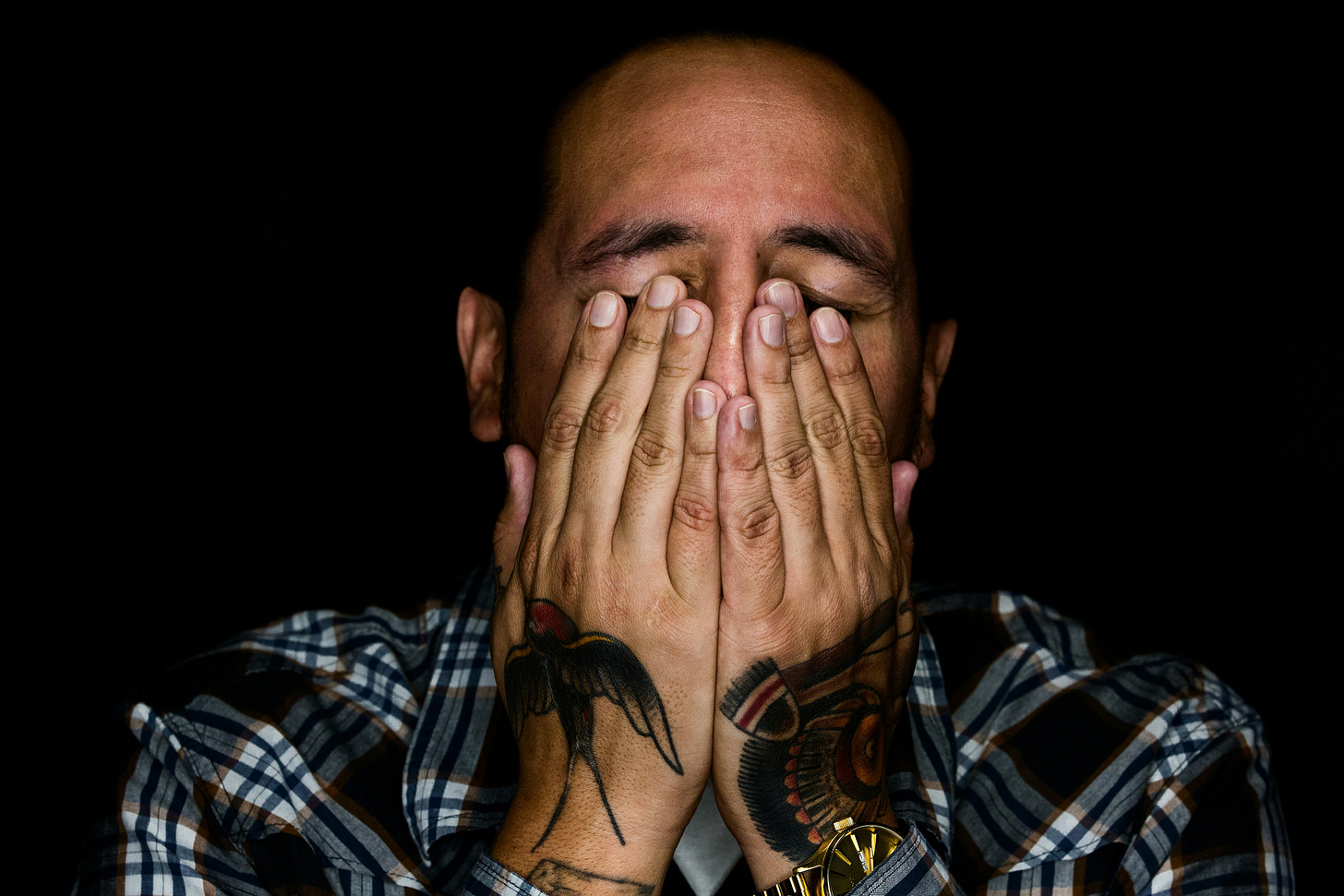
I was too embarrassed to tell anyone about my issue downstairs.
Having to get up two or three times in the middle of the night to pee was disturbing my sleep, making me feel tired throughout the day and depressing this young-at-heart fifty-five-year-old male.
Was it my age? Was I paying the price for too many decades drinking? Did I have an enlarged prostate, or worse, the big C? Was there even a cure?
Of course, I buried my head in the sand until I was so fed up, I had to face my fears, like I did my alcoholism many years ago—more of that later because it could be a cause— and research it.
I am writing this so you don’t have to suffer, or anyone else in the same predicament, like I did. There is a cure, which I really needed to hear, because I genuinely didn’t think it was possible.
This is the story of how I found it.
Reading Time: 13 mins
Total: 2968 words
Key Findings
1) One nighttime urination is not unusual. Over 70% of adults over 30 are bothered by two, and two or more are associated with an impaired quality of life.
2) Nocturia may be caused by an enlarged prostate in men, and childbirth, menopause or pelvic organ prolapse in women, and a range of other conditions, including, importantly behavioural patterns.
3) Reduce caffeine intake, and limit to early mornings only. Studies show caffeine can disrupt sleep between 8 to 16 hours later. Go decaf.
4) Measure what you drink and emit/void, in a Void/Bladder Diary for 24hrs – 3 days and measure against norms. Use Colley’s Fluid Matrix, see below, to determine how much you should be drinking daily.
5) Drink “240ml/hr” (for me, according to Colley’s Fluid Matrix) for the first 10hrs, and once after with a meal before sleep.
What exactly is nocturia and how prevalent is it?
Nocturia is defined as:
"The number of times urine is passed during the main sleep period. Having woken to pass urine for the first time, each urination must be followed by sleep or the intention to sleep.” [1]
I felt incredibly embarrassed, and I thought I was the only one, but Nocturia affects 50m people in the US [2] - like everyone in California, the largest state, getting up to pee in the middle of the night!
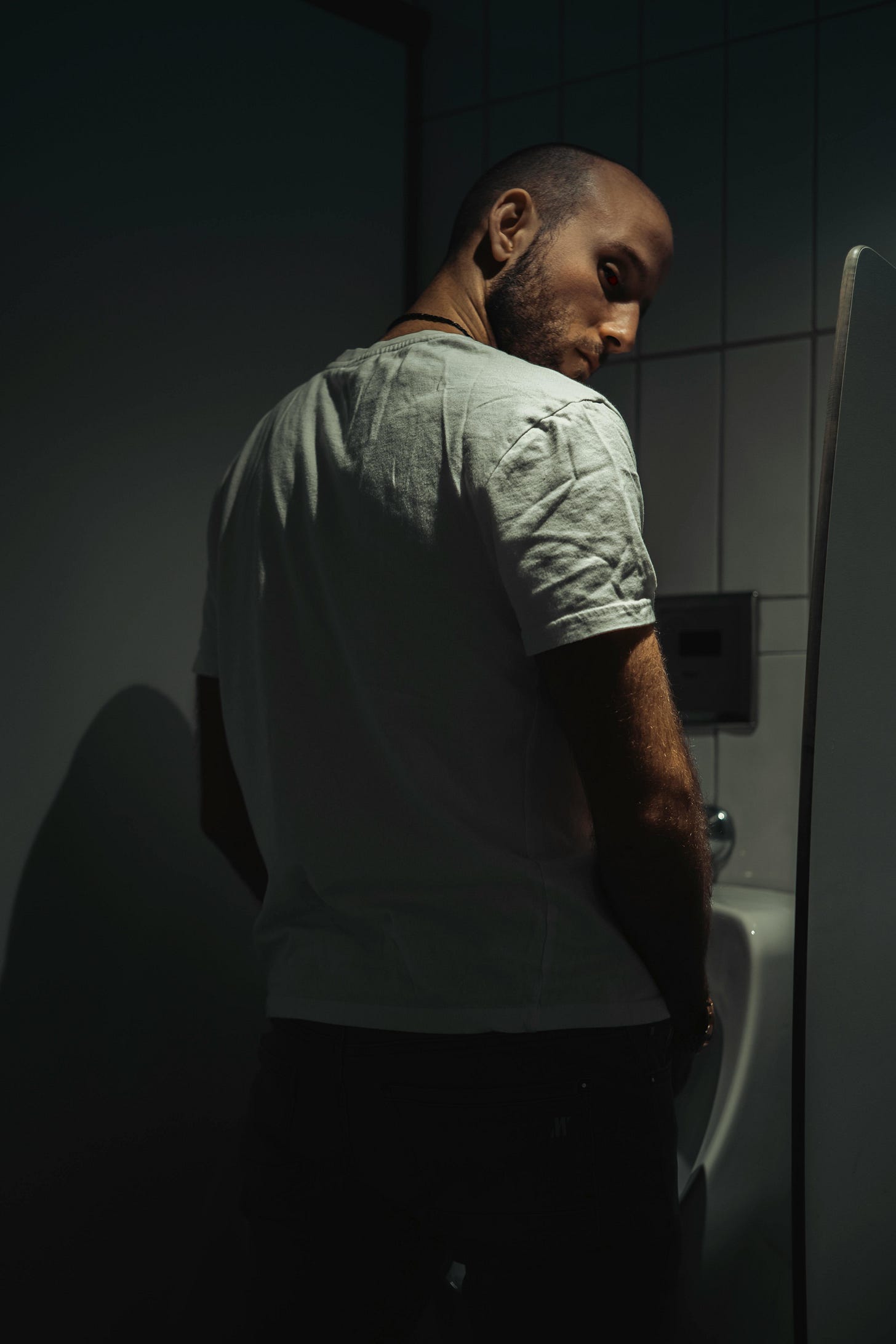
Also, it isn’t just an age thing because a third of all adults over 30 urinate at least twice during the night.
“One in 3 adults older than the age of 30 years makes at least 2 trips to the bathroom nightly, and about 70% of these individuals are bothered by this.” [2]
Remember that quote about ‘bothered by this’ because it does scientifically affect your quality of life, as we shall come to soon.
And the cost of Nocturia is alarming: Annual direct cost of $1.5 billion; and annual indirect cost of $61 billion [4], so we are all paying for this.
Why are the costs of Nocturia so high?
Nocturia is associated with “sleep deprivation, which can cause exhaustion, mood changes, drowsiness, impaired productivity, increased risk of falls and accidents, fatigue, lethargy, inattentiveness, and cognitive dysfunction… Nocturia is also associated with decreased physical health, obesity, diabetes, depression, and heart disease.” [2]
The image above, ‘An accident at work’ is from Holland, and Nocturia isn’t just a problem in the US, but also across Europe [EU 15]:
"A similar European analysis showed an estimated annual cost of lost work productivity due to nocturia of €29 billion in the EU-15" [4]
Therefore, to put it mildly, I was not alone—and neither are you—which should be encouraging news! We can get through this, I promise.
However, the associated cost does not tell us how severely different people are affected by, or bothered by, Nocturia because it is variable from person to person.
Firstly, to reassure you, it is not uncommon for people to get up to urinate at least once during the night, I wish I could be so happy(!) and the following bladder functions are considered normal as a benchmark guide, which you may need to know, and copy/subscribe/bookmark for reference, because you might not actually have a problem at all (who knows what is normal urinary function although we urinate many times every day, do we ever count, or know what the benchmarks are? I didn’t.)
Here is a summary of the researched facts, and these results ‘killed’ me, which I have bullet-pointed for speed of reading:
Frequency – 5 to 8 voids in 24 hours
Maximum voided volume (the largest volume of urine voided in a single micturition) – 400ml to 500ml
Nocturia – waking once at night to void may be considered not unusual. After the age of 60 years, nocturia may increase x 1 with each decade, so a person in their 80’s may wake 3 times at night to pass urine.
Fluid intake varies greatly between individuals. A healthy individual weighing 10 stones (64 kilos) should have a daily fluid intake of around 3½ pints or 2 litres (Abrams & Klevmar, 1996). Click here for a Fluid Matrix to give you a weight/daily fluid intake recommended chart.
Source: Urinary Continence Assessment, Treatment and Management 2020 © Wendy Colley OBE, 2020. [9]
Whereas I was having to void two or three times a night, when I read this, and this upset me and made me feel inferior and depressed, because I was not ‘normal’ in my mind.
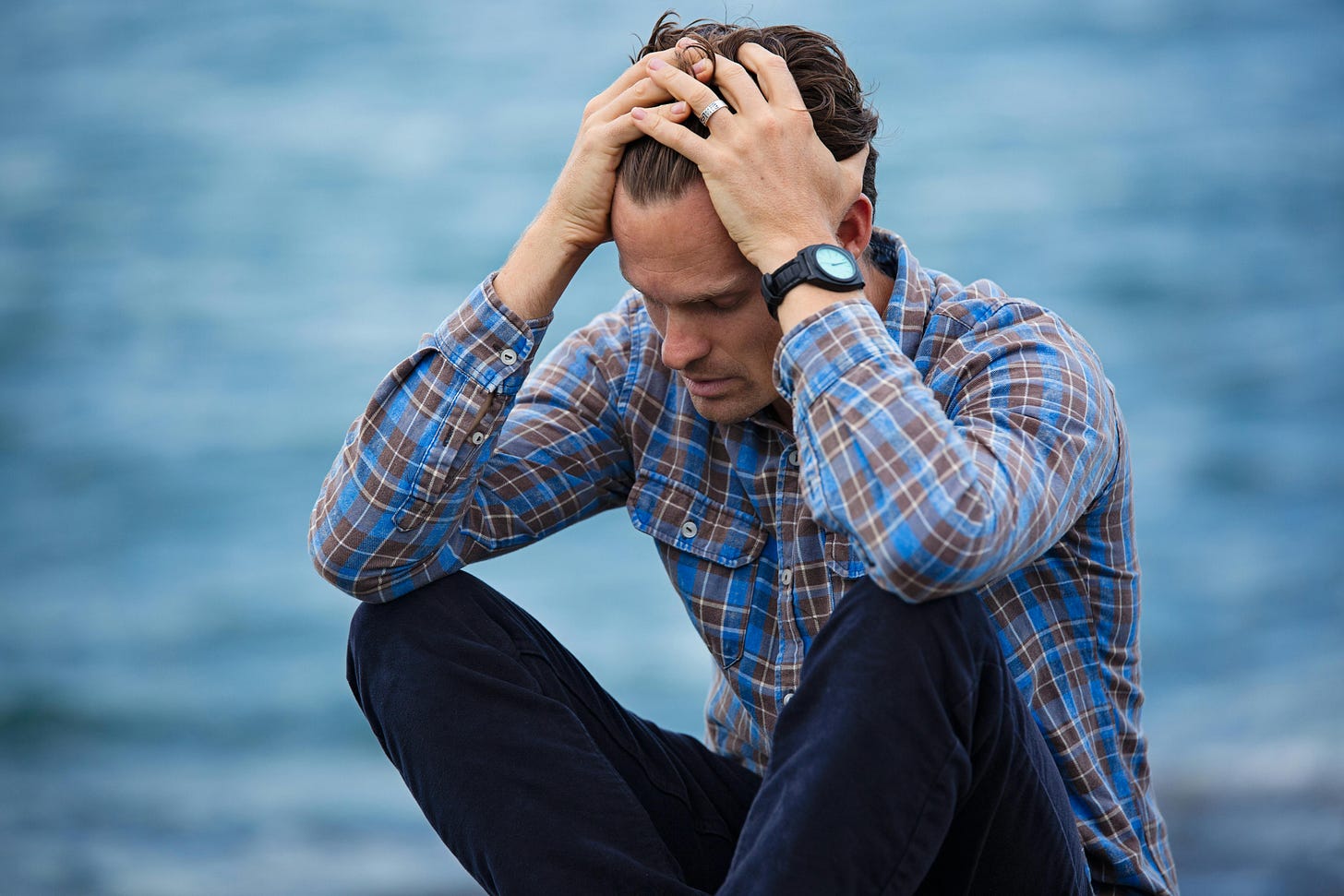
In studies, two and three or more, urinations (voids) a night have been known to impair quality of life and cause “moderate” to “major” “bother”, respectively, whereas one void causes no issues:
"At least two voids per night is associated with impaired HRQoL [ health-related quality of life]. The majority of people report having bother when the number of nocturia episodes is two and moderate or major bother when the number is three or more. One void per night does not identify subjects with interference from nocturia and, thus, is not a suitable criterion for clinically relevant nocturia." [3]
I had no choice but to face my fears and find out what the worst news could be.
So what causes Nocturia?
The causes may be different for men and women, according to the National Association for Continence:
“Women generally experience nocturia as a consequence of childbirth, menopause, and/or pelvic organ prolapse. In men, nocturia can be directly attributed to benign prostatic hyperplasia (BPH), also known as enlarged prostate.” [5]
But the good news is, if it isn’t these, there are ten additional factors which affect both sexes and may possibly be the cause: Behavioral patterns; Diuretic medications; Caffeine; Alcohol; Overactive bladder treatment; Excessive fluids before bedtime; Diminished nocturnal bladder capacity; Fluid redistribution [5].
It made sense for to me to try and rule out the ones I could, before seeking medical treatment, because it seemed in my power to do so, and, as a man, less invasive than a finger up the gazoo (to use the polite term!) to check my prostate.
It is also incredibly hard to get a GP’s appointment in the UK due to long waiting lists on the NHS, but at least it is theoretically possible—unlike trying to see a dentist (see my other post on which way how to reverse cavities which is impossible)—so, ironically another plus: I had time!
If you are lucky enough to be living in a more progressive country, or have money, I would recommend ideally going to a doctor straight away if you can, and ask them to also check for the following possible underlying medical conditions which I found may be causal factors: Diabetes mellitus; Diabetes insipidus; High blood pressure; Heart disease; Congestive heart failure; Vascular disease; Restless leg syndrome; Sleep disorders; Insomnia [5].
Me, Sherlock Holmes on-a-budget(!)—one way or another—had to do the hard work myself for now. So, what else could it be, Watson?
Looking at the list of possible causes I could deal with, I could immediately rule out alcohol as a suspect. I had long since quit drinking after too many decades of self-flagellation with ethanol and even written a book about it.
If alcohol is a possible cause for you, and you want help to cut down, control or quit drinking, my book is called, “Holmes’s Complete Guide To Stop Drinking Alcohol; the easy, mindful and pain-free way”, with over 300 academic references plus my drinking story—if you really want honesty! End of plug.
I could also rule out “Diuretic medications” and “Overactive bladder treatment”, as I wasn’t on any medications, which leaves: Behavioral patterns; Caffeine; Excessive fluids before bedtime; and Fluid redistribution.
Fluid imbalance may be due to poor kidney health [6] but that would need to be confirmed by a physician, so I ruled it out because I couldn’t confirm it myself, and focused on the remaining three.
If I could solve my Nocturia by fixing either 1) Caffeine 2) Excessive fluids before bedtime, or 3) Behavioural Patterns, I was a genius(!) and didn’t have to suffer on the inevitable endless waiting list for a doctor’s appointment.
And guess what? The good news is I could! Here’s how:
1. Caffeine
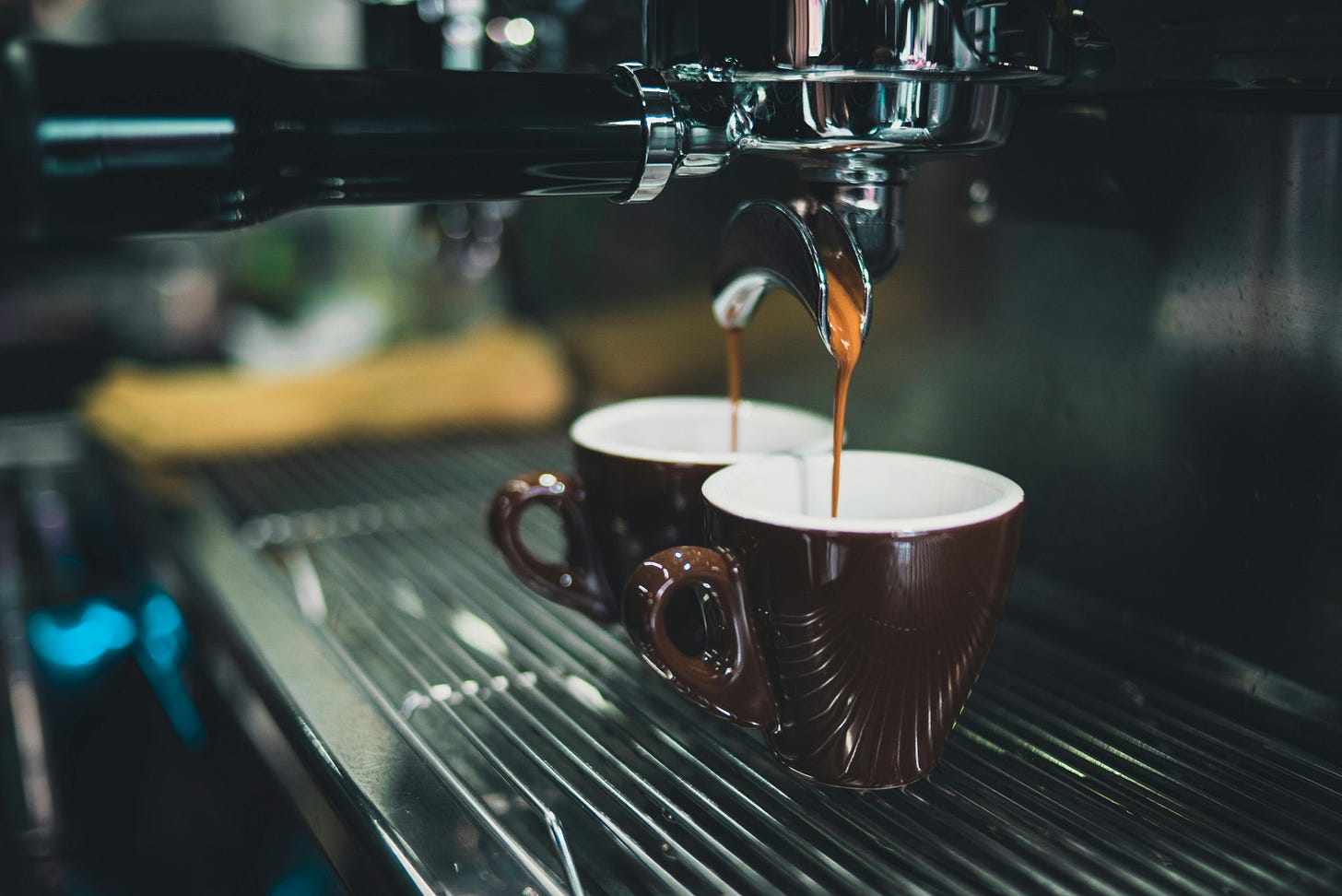
We all know caffeine is a stimulant, which is probably why we all have a coffee or tea in the morning or afternoon after lunch, but did you know that this can still have a stimulant effect over 8 hours later and disrupt sleep?
“To avoid reductions in total sleep time, coffee (107 mg per 250 mL) should be consumed at least 8.8 h prior to bedtime.” [7]
Worse still(!) a different study by Landolt et al found that caffeine taken at 7am can still affect sleep even 16 hours later:
“Landolt et al investigated the role of caffeine in sleep regulation, with participants administered 200 mg of caffeine in the early morning (7 am) and then monitored using electroencephalography. Caffeine levels in the saliva were observed to spike 1 h after intake, falling to less than a fifth of that level (3 µmol/L) 16 h later. Despite this reduction at sleep onset, both sleep efficiency and TST [Total Sleep Time] were significantly reduced in experimental conditions, relative to placebo.” [8]
I didn’t want to quit coffee altogether because of the benefits of drinking one or two cups a day, but these still accrue even without the caffeine. (Check out Whichwayhow to do breathwork—coming soon—for an alternative to caffeine to re-energise your day!) So, I decided to immediately start drinking decaffeinated coffee only to rule that factor out.
But this didn’t work, I should quickly add, on its own to cure my nocturia, although it helped relieve my insomnia. What else?
2. Excessive fluids before bedtime
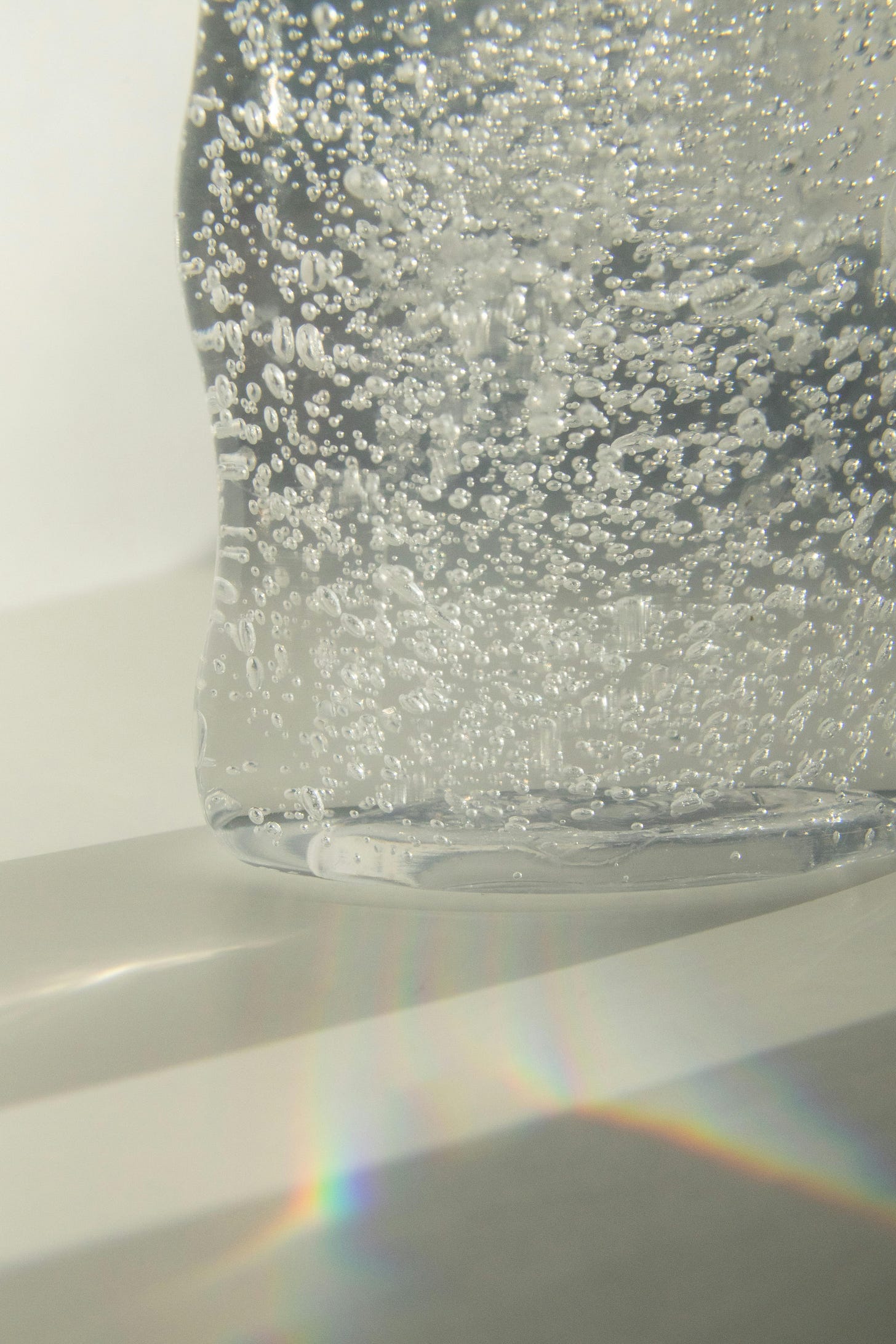
This next consideration is a little bit embarrassing because the recommended way to test whether you are drinking excessive fluids before bedtime is with a void diary, basically recording what and how much you drink by peeing in a bottle to record what you eliminate or void.
“The cornerstone of nocturia diagnosis and evaluation is the 24-hour voiding diary.” [2]
Wendy Colley RN OBE calls it a ‘bladder diary’ and suggests it should be kept for at least three days [9] to collate the following information for your physician to assess your condition medically:
Daytime frequency (number of voids during waking hours)
Nocturia (number of times the individual wakes to void)
24-hour frequency (number of voids in 24 hours)
Maximum volume voided
Total voided in 24 hours
Volume of fluid intake and type of fluid” [9]
Apparently, we tend to over or underestimate how much fluid we drink, and I certainly didn’t have an accurate idea of my own consumption before, err, peeing in a bottle(!) to measure it.
3) Behavioural Patterns
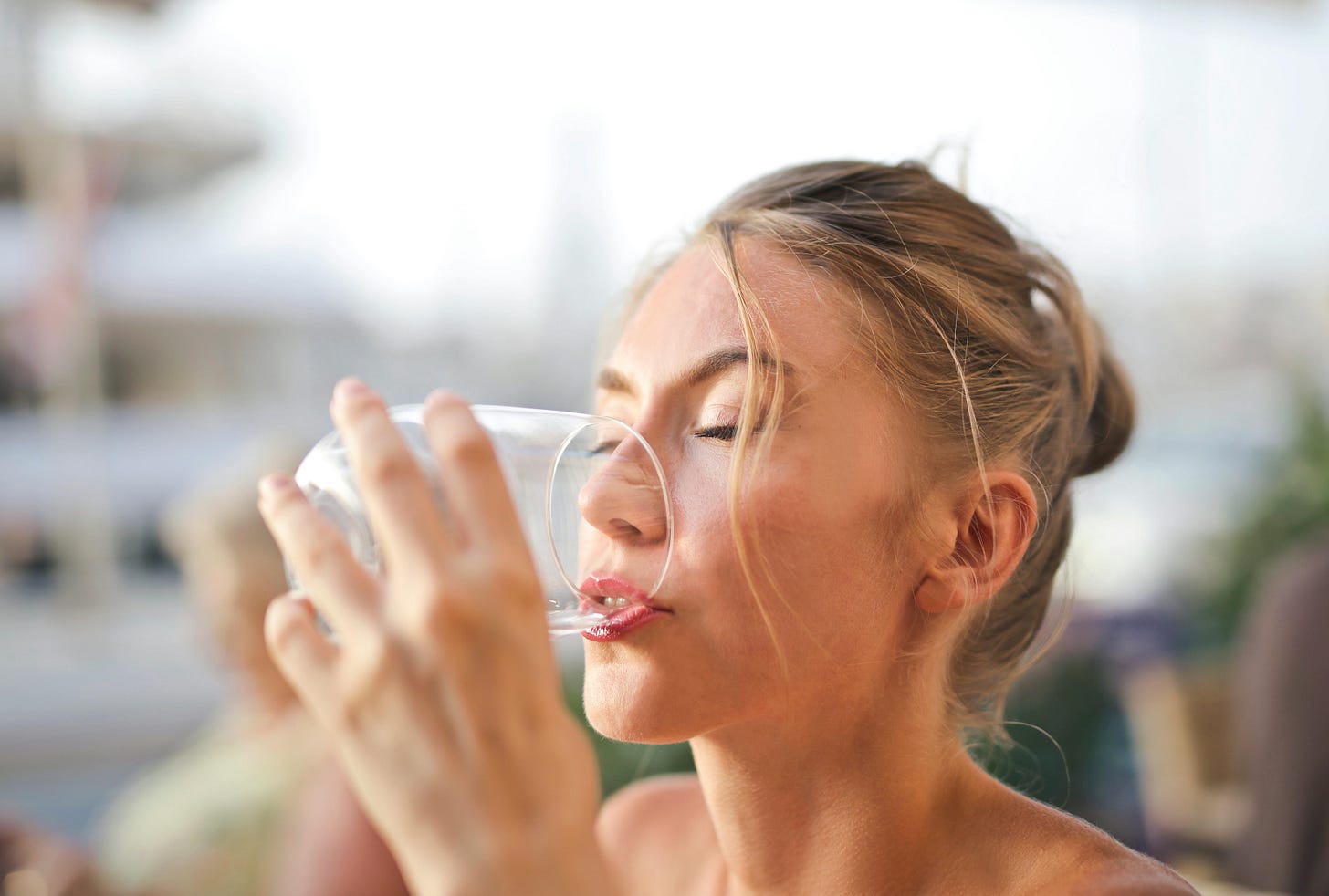
Then I found out it also varies depending on how we drink the liquid, in our behavioural pattern.
According to neurologist and Stanford professor Dr. Andrew Huberman, if we drink more in one go, or gulp, we urinate sooner, whereas if we sip, we urinate later. [10]
I weigh approx. 75kg (166 lbs), down from 21 stone (see Whichwayhow to lose weight - coming soon!) so according to the Fluid Matrix [see above] I should be drinking 2286ml ml or approximately two and a half litres a day. Another rough rule of thumb is a fluid intake of 25-30ml/kg/day [11], which is 2250ml approx. I decided to work on the basis of 2 and a half litres a day.
What the Fluid Matrix doesn’t explain is that when you drink this fluid, your behavioural pattern again, is critical.
Dr. Huberman explains you should drink 240 milliliters per hour for the first 10 hours of the day due to your circadian clock.
“You need about eight ounces or 240 milliliters of fluid per hour for the first 10 hours of your day after waking… Circadian clock genes are genes that are expressed in every cell, but that in certain cells of the body, very strongly impact whether or not that organ, in this case, the kidney, is going to be activated, meaning functioning at a very high level, or at a reduced level… However, at about 10 hours after waking, your kidney really starts to reduce its overall level of functioning.” [10]
On the basis of eight hours sleep, that leaves a sixteen-hour-day, which means not drinking liquids for the last six hours before bedtime.
Good sleep hygiene means keeping a regular sleep and wake schedule (see Whichwayhow to cure Insomnia—Coming soon!), and because I sleep at 10pm, this meant no fluids after 4pm. Although, Dr Huberman does allow one 240ml glass of liquid after the first 10hours, which I have with my dinner, but that is all!
(SPOILER ALERT: I needed to be strict with myself about this to make it work.)
Use the Fluid Matrix to calculate your daily fluid requirement based on your weight and plan accordingly.
For my weight, I should be drinking at least 2286ml a day, so I should be drinking (divide this daily total by 11) 208ml/hr for the first 10 hours (2080ml) plus one last glass 208ml, which is 2288ml a day.
I find two and a half litres is easier for me to get my head around though, and commit to daily, so I round up to the nearest half litre, and not down, because I am more worried about dehydration, which can be fatal, than nocturia.
How and why do you have to measure input and output?
I used a Six-Sisters urine bottle from Amazon to measure my output because it had level markings (Click on photo for link).
There are also urine bottles for women on amazon, which are affordable, and have level markings to measure your output.
You will be relieved to learn I will not be sharing the records, it’s a little too personal, but here is an example of a Bladder diary.
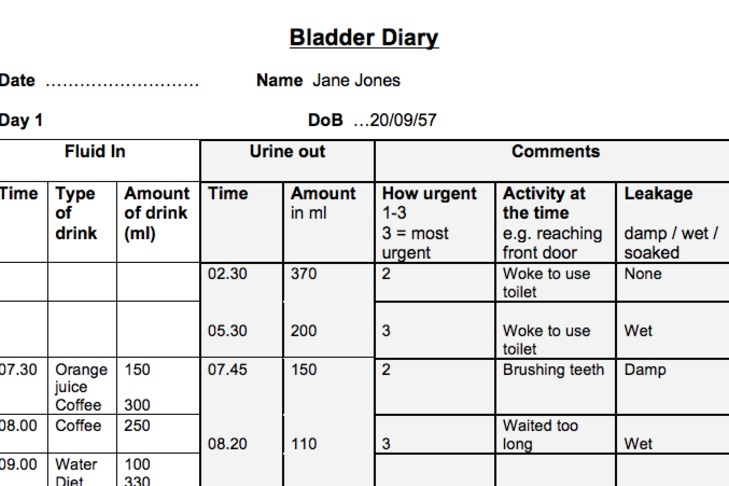
I will confess that broadly what I drank is what I eliminated (+/- 500ml), which may sound like a small thing, but rather than feeling rudderless at the whim of the wind and constantly bailing out, it made me feel in control. It also immediately ruled out more serious conditions, like an overactive bladder.
The NHS Fluid Balance Monitoring chart states, “Output should be roughly equal,” to input [11].
And a standard medical textbook shows on average, based on a liquid intake of 1400ml, micturition (urination) will be 1800ml, see below, to maintain homeostasis [12].
Now it may seem like a lot of hard work to record Intake and Output for one day, never mind three–at least it did to me, especially when I had no confidence that it would make any difference–but amazingly it worked!!!
Whenever I woke up to pee in the bottle, I would also press a timestamp in my journal app (I recommend Diarium) and indicate U1, U2, U3 etc., and in the morning check my watch to add “sleep onset” and “wake up time” to manually calculate total sleep because I didn’t trust the sleep app on my watch (Garmin vivostyle—very expensive and not the best for this purpose) for more than sleep onset and waking time.
A useful tip to check with your watch app is whether your heart rate is continuously falling throughout the night, in spite of, nocturnal lapses.
Incredibly, I am happy to report, in a few days, I was only recording “U1” and “U2 and Get Up!”
This may not seem like much, but it honestly changed my life.
Conclusion
My nighttime void hasn’t disappeared altogether, to be honest, but I am absolutely thrilled with once per night! Why was I worrying so much about it. The greatest relief was that there was actually a solution. And it was relatively low-cost, just the price of a pot to piss in, which I just about have!
It does take a bit of hard work to keep the daily record for a few days, and discipline, if I broke ‘the rules’ above it doesn’t work, but I am OK with that because I now know how to fix it.
If you have found this article helpful, please share it with your friends to help them, too. You may be surprised how many share the same secret!
Sleep well my friends.
If you’d like to buy me a coffee you can do so below:
Please share this article to help others:
And if you don’t want to miss the next deep dive in a fortnight—which may be just what you need to solve your problem—subscribe for FREE below (No paid option, Whichwayhow.com is always free!)
If you enjoyed this post, you may also enjoy: Whichwayhow to do Breathwork, Whichwayhow to Journal, Whichwayhow to Reverse Cavities and Whichwayhow to be a hero (of the everyday!)
References
[1] D’Ancona CD, Haylen BT, Oelke M, Herschorn S, Abranches-Monteiro L, Arnold EP, Goldman HB, Hamid R, Homma Y, Marcelissen T, Rademakers K, Schizas A, Singla A, Soto I, Tse V, de Wachter S. An International Continence Society (ICS) Report on the Terminology for Adult Male Lower Urinary Tract and Pelvic Floor Symptoms and Dysfunction. Neurourol Urodyn. 2019 DOI: 10.1002/nau.23897
[2] Leslie SW, Sajjad H, Singh S. Nocturia. [Updated 2024 Feb 17]. In: StatPearls [Internet]. Treasure Island (FL): StatPearls Publishing; 2024 Jan-. Available from: https://www.ncbi.nlm.nih.gov/books/NBK518987/
[3] Tikkinen KA, et al. Nocturia frequency, bother, and quality of life: how often is too often? A population-based study in Finland. Eur Urol. 2010; 57: 488-496
[4] Holm-Larsen, Tove. (2014). The economic impact of nocturia. Neurourology and urodynamics. 33. S10-S14. 10.1002/nau.22593.
[5] https://nafc.org/nocturia/ Accessed at 11.22 on 09June24.
[6] https://www.uofmhealth.org/conditions-treatments/kidney/fluid-and-electrolyte-disorders#:~:text=Fluid%20imbalances%20on%20both%20ends,%2C%20legs%2C%20hands%20and%20feet. Accessed at 09.28 on 10June24.
[7] Gardiner C, Weakley J, Burke LM, Roach GD, Sargent C, Maniar N, Townshend A, Halson SL. The effect of caffeine on subsequent sleep: A systematic review and meta-analysis. Sleep Med Rev. 2023 Jun;69:101764. doi: 10.1016/j.smrv.2023.101764. Epub 2023 Feb 6. PMID: 36870101.
[8] Landolt HP, Werth E, Borbély AA, Dijk DJ. Caffeine intake (200 mg) in the morning affects human sleep and EEG power spectra at night. Brain Res. 1995;675(1–2):67–74. quoted by O'Callaghan F, Muurlink O, Reid N. Effects of caffeine on sleep quality and daytime functioning. Risk Manag Healthc Policy. 2018 Dec 7;11:263-271. doi: 10.2147/RMHP.S156404. PMID: 30573997; PMCID: PMC6292246
[9] Urinary Continence Assessment, Treatment and Management 2020 © Wendy Colley OBE, 2020. https://www.continenceassessment.co.uk/notes_3/#:~:text=NORMAL%20BLADDER%20FUNCTION,-It%20is%20important&text=Nocturia%20%E2%80%93%20waking%20once%20at%20night,at%20night%20to%20pass%20urine Accessed at 11:33 on 11th June 2024
[10] How to Reduce Nighttime Urination | Dr. Andrew Huberman. Huberman Lab clips. Accessed at 09.37 on 13th June 2024
[12] Vander's Human Physiology: The Mechanisms of Body Function, Eric Widmaier, Hershel Raff, Kevin Strang, McGraw-Hill Education, 2014



